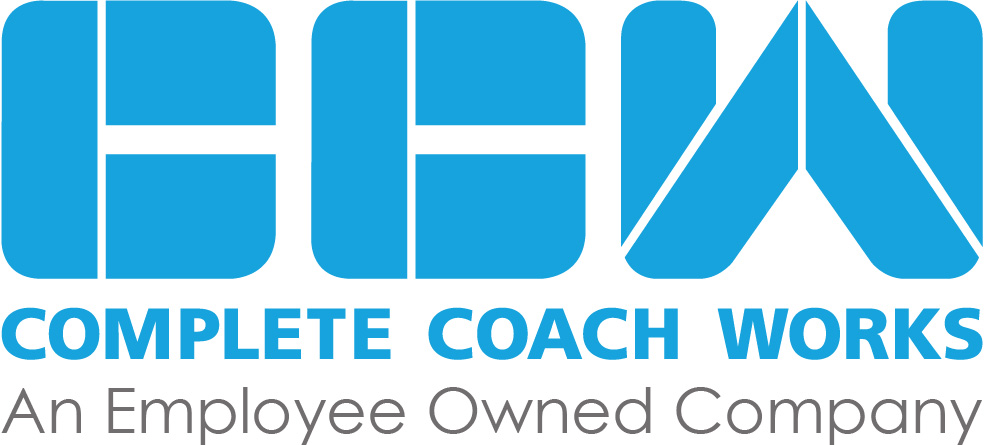Can you say a little more about infrastructure construction? Is it just upgrading vehicles or do you contribute to cables, roads, etc.?
CCW focuses on vehicle upgrades for electrification but does not specialize in infrastructure development for charging station installation. We can certainly put you in touch with various charging station companies who might assist with the infrastructure side of installation.

How does new CARB emission regulations impact ability to lease buses in California?
SBL and TSI have a large variety of current California compliant buses including CNG, Hybrid and Hydrogen. These vehicles are available for both lease and sale.

What kind of vehicle or operational surprises have the fleet operators discovered after adopting BEVs in their fleets?
The primary issues experienced by fleet operators that have adopted BEVs in their fleets include range, charging time, needed route adjustments and parts pricing. Range has traditionally been problematic as the range of a BEV is highly variable with load, ambient temperature, weather, state of charge (SOC), etc. With reduced range vs diesel buses, charging needs to occur both during the day as well as overnight. This places strain on existing route systems that weren’t designed for these charging opportunities in mind. Further, although maintenance costs are reduced with BEVs vs diesel buses (when parts are needed such as motors, batteries, etc.) they tend to be very expensive to replace.

What kind of mix have you seen between drivetrain-only vs full re-furb builds?
CCW normally does a 50/50 split when looking at fleet overhauls. Half repower and half midlife refurbs.

Does CCW offer mobile charging solutions to fill the gap with infrastructure deployment lead times?
Currently, CCW does not offer a mobile charging solution for electric vehicles, however we have worked closely with our past customers to integrate electric buses into their fleet and have experience overcoming many challenging situations.

Have you seen any traction on state or federal credit vouchers for re-power upgrades?
There are many funding opportunities available at both the state and federal levels. Virtually all funding accrues to the operator vs entities such as CCW which are either the OEM or upfitter. FTA Lo-No grants are a popular avenue for funding zero emission buses. The California HVIP voucher program is another popular avenue at the state level where CCW is in process of having our ZEPS product qualify for this voucher program.

What does CCW’s national footprint look like to support your products customer deploy?
CCW operates nationwide from a product standpoint and where customer support is needed at specific customers, we can design customized solutions such as having staff on site for a fixed period of time to support the deployment of equipment from CCW. Alternatively, we would support our product from our headquarters in Riverside, CA and deploy regional field service staff as needed similar to other vehicle OEMs.

How closely does the ZEPs re-power drivetrain compare to OEM BEVs for energy efficiency, range, and other performance parameters?
Our ZEPS drive system has been tested in several head-to-head route tests and are always equally comparable and in a little over half the tests ZEPS is a more efficient drive system.

Does CCW foresee expanding the ZEPs re-powering into other work vehicles (school buses, class 6-8 delivery/box trucks, drayage/port hostlers, etc.)?
Our focus for the ZEPS product has been and will continue to be transit buses. Given the amount of development and engineering costs we are not currently focused on adapting the ZEPS product to other vehicles.

With CCW’s 10+ years’ experience with battery electric buses, have you started to see second life opportunities for batteries? If so, what does that look like?
Yes, there are a lot of opportunities for second life on batteries that have slightly diminished energy capacity as long as they are handled right and treated properly.

What battery voltage do the drivetrain systems operate at? Is it customer specified?
ZEPS current battery system has a nominal voltage of 600DCV.

